There’s nothing like wild-caught Salmon for dinner. Those fresh, pink filets probably catch your eye now and then at the grocery store. Chances are, they came straight from the ocean. Saltwater Salmon aren’t just famous for their flavor, though. They’re some of the hardest-fighting food you can catch! For anglers, that makes them well worth braving the seven seas.
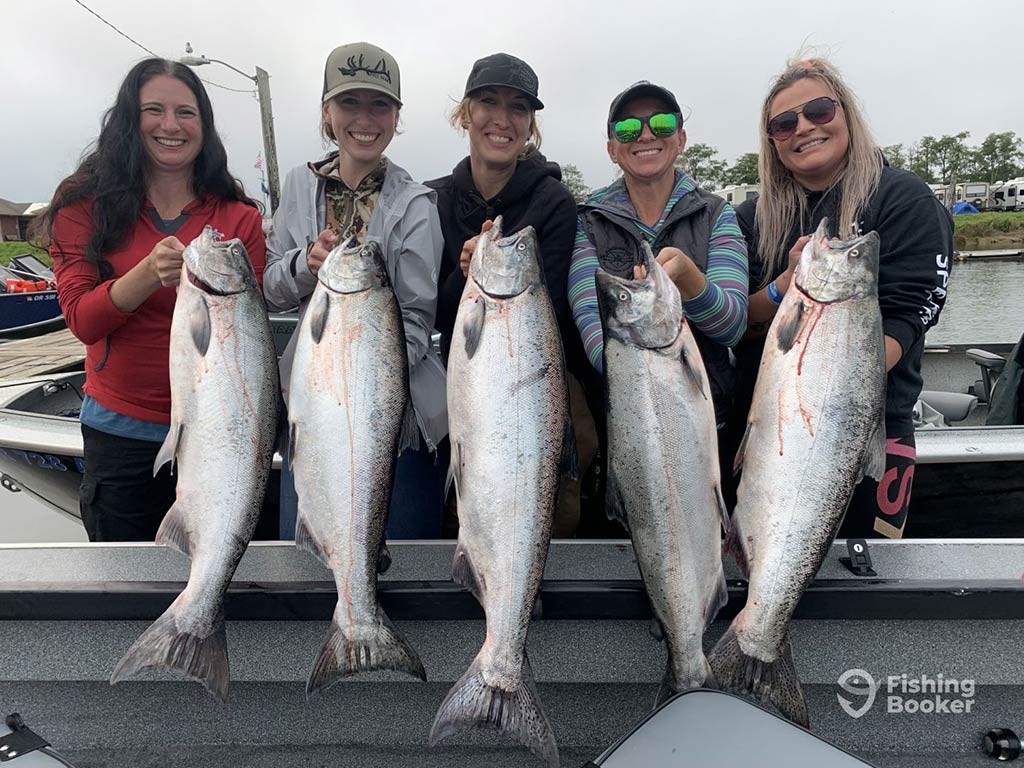
So, which Salmon can you catch in saltwater? What makes them different from freshwater Salmon? And just how many kinds are there to knock off your bucket list? Let’s find out…
Saltwater Salmon Species
There are seven species of Salmon (maybe eight – but we’ll get to that later). Six are native to the Pacific, and one to the Atlantic.
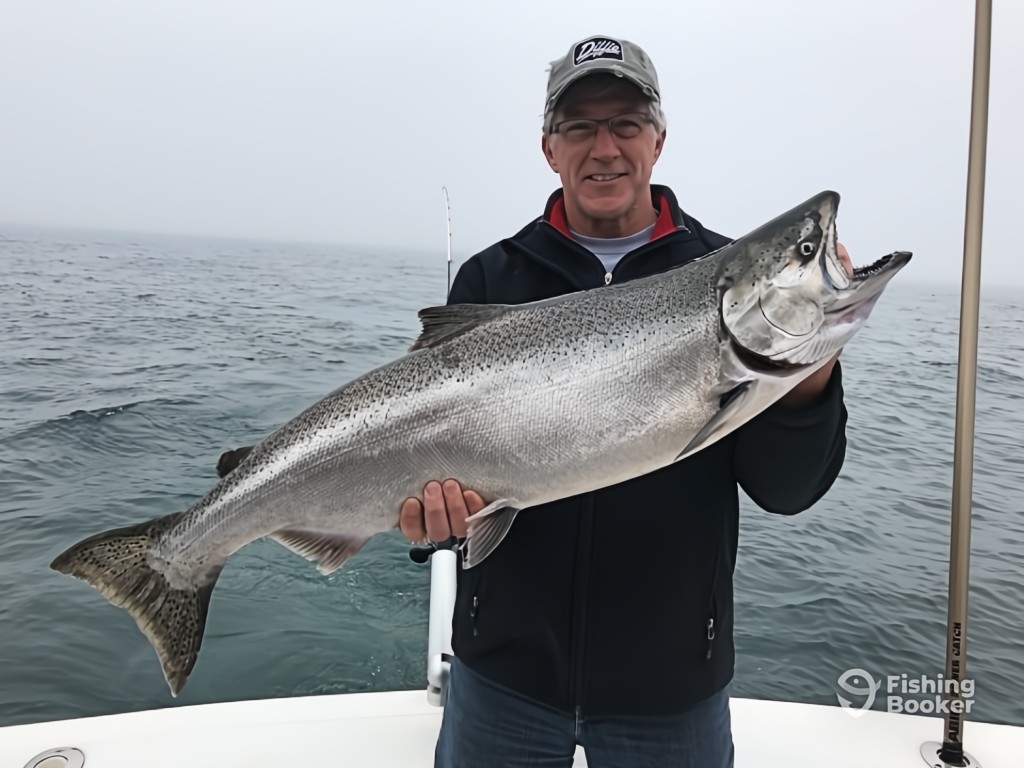
- Chinook (aka King) Salmon. The largest species, exceeding 50 pounds in some regions.
- Coho (aka Silver) Salmon. Coho are known for their acrobatic fights and aggressive strikes.
- Sockeye (aka Red) Salmon. Famous for their flavorful, bright red filets, Sockeye migrate in massive numbers.
- Pink (aka Humpback) Salmon. Pinkies got the nickname Humpback Salmon due to the hump that male fish develop during their spawning season.
- Chum (aka Dog) Salmon. Often overlooked, Chum are tough fighters. Their sharp, prominent teeth earned them the nickname Dog Salmon.
- Atlantic Salmon. This is the only species native to the Atlantic coast. They belong to a different genus than Pacific Salmon, placing them genetically closer to Brown Trout.
Pretty much all of these have been introduced to lakes and rivers around the world, making it possible to catch them everywhere.
But did you notice we only mentioned six? The seventh species, Cherry Salmon, is much more rare, but you can fish for them in Japan and other parts of East Asia.
Now, which of these are saltwater Salmon? One answer would be: All of them. On the other hand: None of them.
That’s because Salmon are anadromous. They hatch in freshwater before migrating to the ocean. Then, years later, they return to their home rivers and streams to spawn. This means every type of Salmon can live in both freshwater and saltwater.
Really, the question isn’t “which” are saltwater Salmon. It’s “when” and “where”!
But, hold the phone. Salmon are even more complicated.

While every Salmon in salt is bound to return inland, not all Salmon make their way out to sea. Landlocked populations spend their entire lives in freshwater. Salmon in the Great Lakes are one example. They hatch in tributary streams and treat the lakes as their ocean when it’s time to migrate. Many smaller lakes host landlocked Sockeye – aka “Kokanee,” which some anglers consider a separate species (bringing the grand total to eight).
So, when it comes to landlocked fish, you could say there is such a thing as strictly freshwater Salmon. But, there’s no such thing as pure “saltwater Salmon.” These are just regular Salmon currently swimming in saltwater.
How to Identify Saltwater Salmon
Compare a saltwater Salmon to a freshwater Salmon, and you’ll see these fish are true shapeshifters. At sea, they’re mostly silver, except for a few dark spots along their backs and tails. When spawning upriver, they don bright colors and patterns. Males of some species grow hooked jaws – and, as we mentioned, humped backs.

This extravaganza is more than just magnificent. Those colors and markings tell you exactly what species you’re looking at. And, in this case, it makes it pretty clear whether your fish was swimming in freshwater or saltwater most recently.
There are other differences between saltwater and freshwater Salmon, too. During their time at sea, Salmon feed aggressively. When they enter the river, many species stop eating and focus on reproduction – Atlantic Salmon are the main exception to this. Their drop in appetite can make them more challenging to hook in freshwater.
From a culinary standpoint, saltwater Salmon are superior. Before migrating upstream, their flesh is rich, firm, and packed with healthy fats. Once they enter freshwater and stop feeding, their food value deteriorates.
Best Saltwater Salmon Fishing Spots
By now, it’s pretty obvious why anglers love chasing ocean Salmon. And there’s more good news: you can do it all over the globe! Here are some of the world’s best saltwater Salmon fishing spots.
Alaska

Alaska is legendary for Salmon fishing – and for good reason. Coastal towns like Seward, Homer, Sitka, and Ketchikan are gateways to some of the most productive saltwater fishing grounds on Earth. What’s more, those fishing grounds hold all five Pacific Salmon.
Alaska’s Chinook run lasts from May through July, while Coho peak from July through September. Sockeye and Chum runs overlap in late summer, with the addition of Pink Salmon during odd-numbered years.
Size and bag limits vary by species and location, so be sure to check Alaska’s Department of Fish and Game regulations.
British Columbia

British Columbia is another world-class Salmon fishery. The waters around Vancouver Island are famous for Coho Salmon and “Tyees” – Chinook weighing 30 pounds or more. You’ll find no shortage of guides gearing up to catch them near Campbell River and Ucluelet.
Spring and early summer are prime time for Chinook, while Coho arrive in force from July onwards. Saltwater Salmon fishing here is especially diverse – you can fish sheltered waters one day and open Pacific the next. Not to mention those stunning views of emerald mountains rising from the sea!
While it’s legal to keep some Salmon, many anglers prefer catch and release to promote conservation. Get familiar with BC’s recreational fishing limits before fishing on your own.
Pacific Northwest
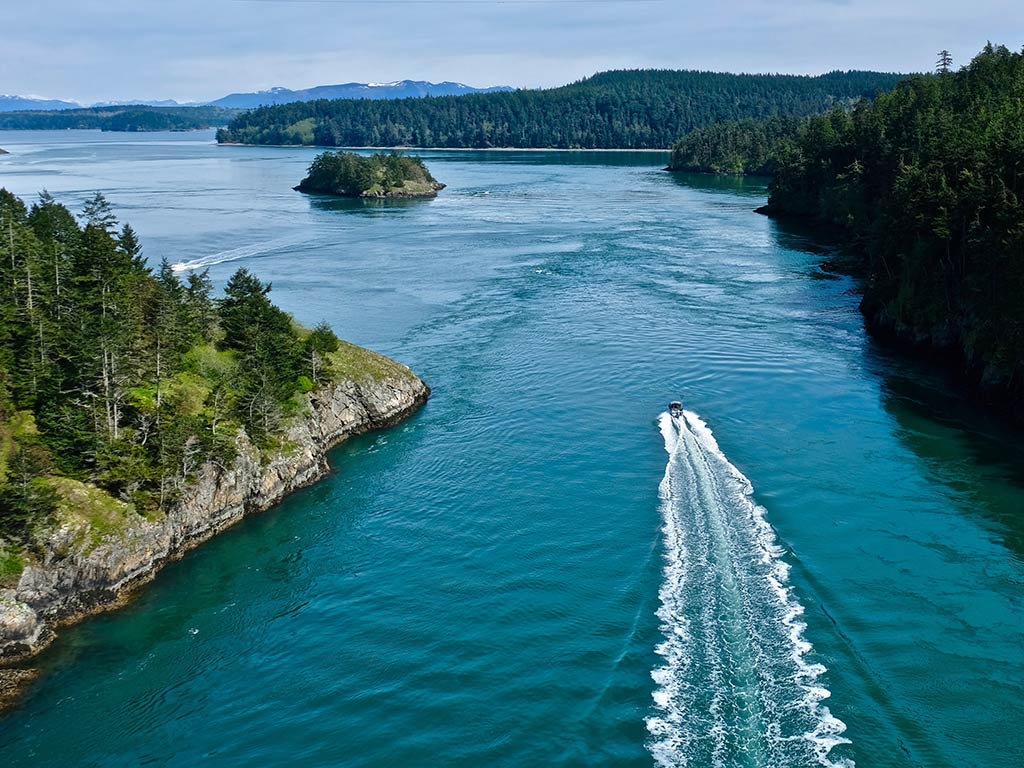
The Pacific Northwest may feel small-scale compared to BC and Alaska, but Salmon fishing here is still a big deal. Washington’s Puget Sound and the Columbia River flowing into Oregon are key saltwater staging areas.
Puget Sound plays host to all five Pacific species, including a resident population of juvenile Chinook (aka “Blackmouths”) that you can catch all year.
Spring Chinook runs begin as early as March, followed by massive summer and fall runs of Coho and Pink Salmon. Locations like Sekiu, Neah Bay, and Astoria near the mouth of the Columbia River are popular for catching these runs.
Regulations in the Pacific Northwest are complex. In addition to seasonal closures and daily limits, you’ll have to navigate specific zones where rules may differ. Hiring a local guide is the best way to follow Washington and Oregon’s Salmon regulations.
Eastern Canada
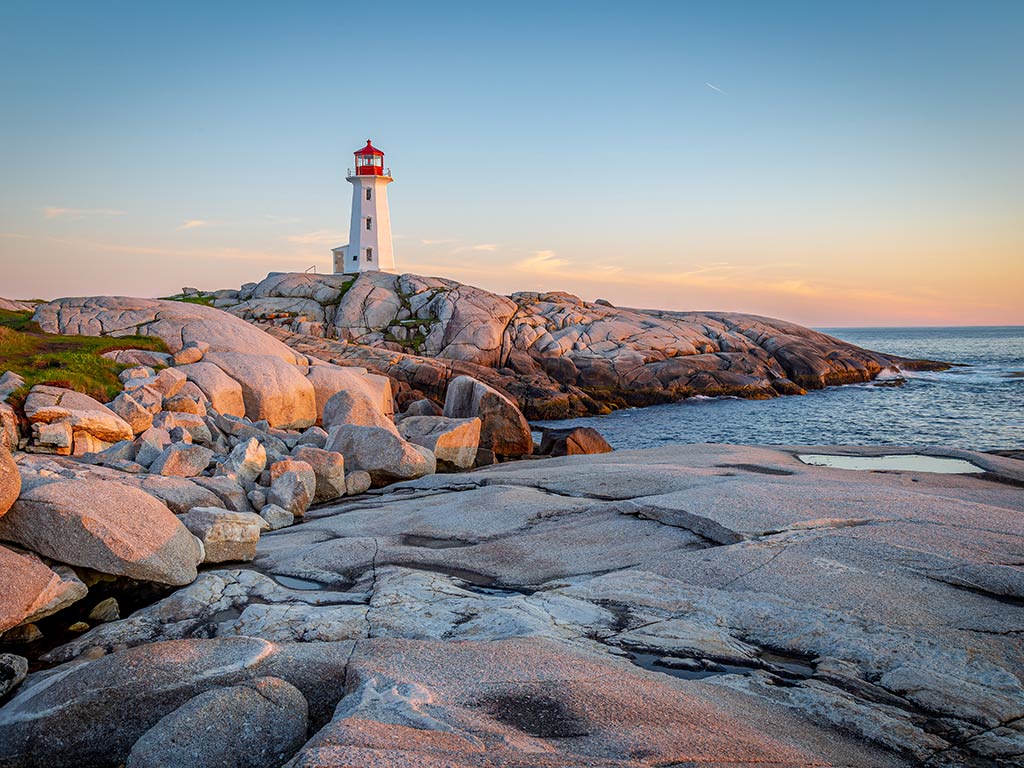
Across the continent, you’ll be chasing just one kind of coastal Salmon. But don’t expect that to make it easy! Atlantic Salmon are one of the most ambitious targets on light tackle.
Wild Atlantic Salmon have largely declined, but you can still catch them in eastern Canada – particularly in Quebec, New Brunswick, Nova Scotia, and Newfoundland and Labrador.
Sea-run Atlantics begin their journey upstream around late spring, often peaking in June and July. Anglers target them in estuaries, bays, and near river mouths where they’re most accessible at this time. Fly gear and light tackle are the name of the game. But, before you head out, just know that regulations vary depending on where you are.
South of the border in Maine, sea-run Salmon are protected from harvest, but you can fish many healthy landlocked populations in the eastern US.
Norway
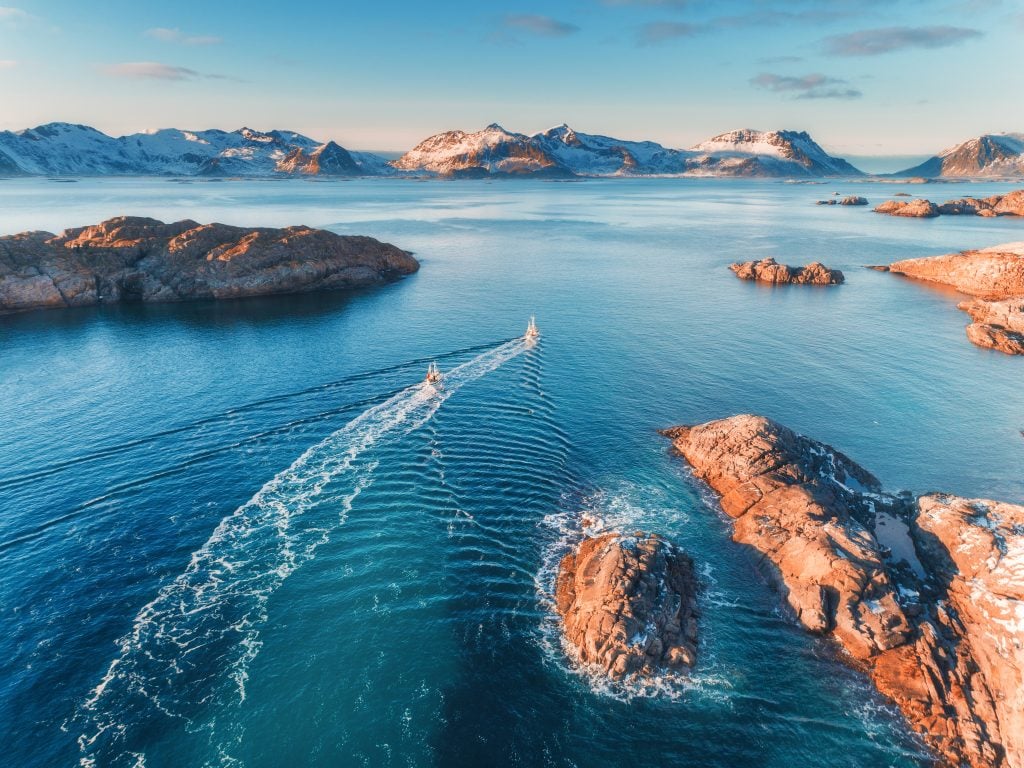
When it comes to saltwater Atlantic Salmon, Norway is hard to beat. Its rugged coastline, deep fjords, and countless rivers are ideal for these fish. Really, it’s no wonder anglers have been hooking Salmon here for centuries. Some would even say this is where modern Salmon fishing was born!
The action typically starts in May, with peak runs in June and July. Fishing here is as scenic as it gets – you might be casting against a backdrop of snow-capped mountains or trolling through fjords where the ocean meets crystal-clear rivers. The Alta River is Norway’s crowning jewel, beginning in the mountains near the border with Finland and running out to sea near the town of Alta.
When fishing abroad, it’s always wise to hire a local guide. They’ll help you get the fishing license you need in addition to following local limits and closures.
Japan
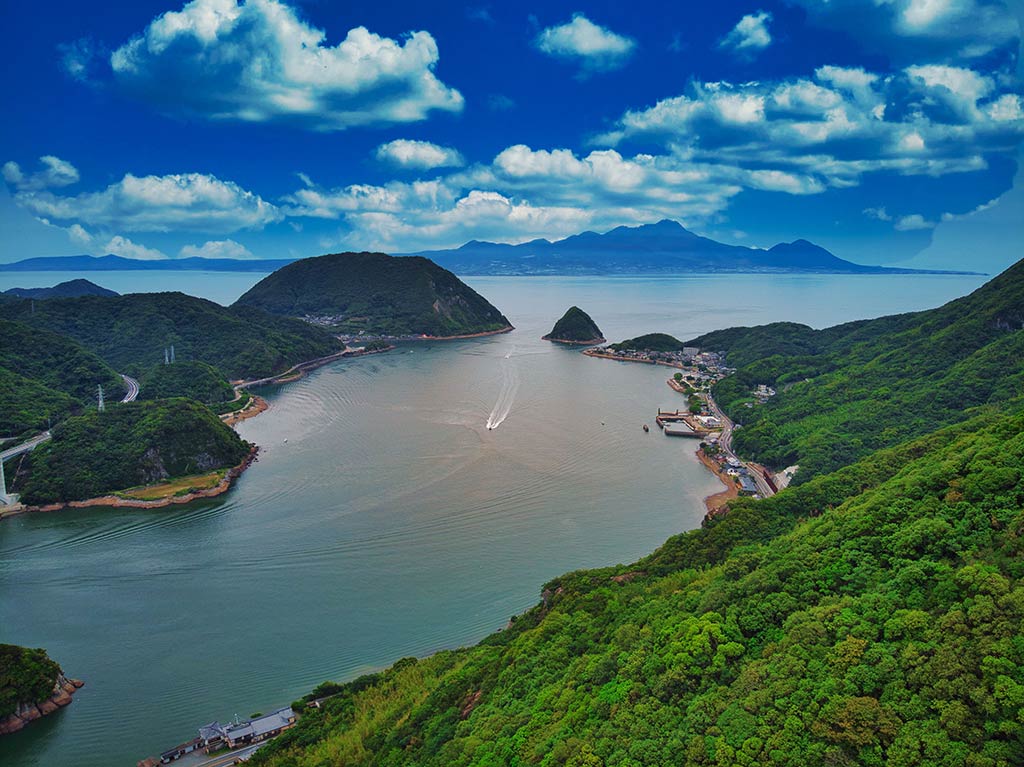
Think you’ve hooked every Salmon under the sun? Don’t be so sure until you visit the land of the rising sun. Japan is home to a unique Pacific species known as “Cherry Salmon.”
These orange-spotted fish run smaller than Chinook or Coho, but they’re admired for their beauty and quick bursts of speed. Sea-run Cherries go by the name Sakura Masu (or Masu Salmon), while their landlocked cousins are called Yamame.
If you’re fishing in freshwater, it’s generally okay to target landlocked Yamame. But in certain places, like Hokkaido, you can’t target sea-run Masu that have re-entered the rivers to spawn. You can fish for them in coastal waters, though, and the best time to do so is between December and March.
How to Fish for Saltwater Salmon
Saltwater Salmon fishing is a game of mobility and precision. Unlike rivers, where Salmon concentrate in predictable runs, fishing the open ocean means zeroing in on bait movements and migrating schools.
Even in large freshwater environments like the Great Lakes, open water is often deeper, colder, and more dynamic than a river or tributary stream. This calls for different techniques – and there are many to choose from.
Trolling
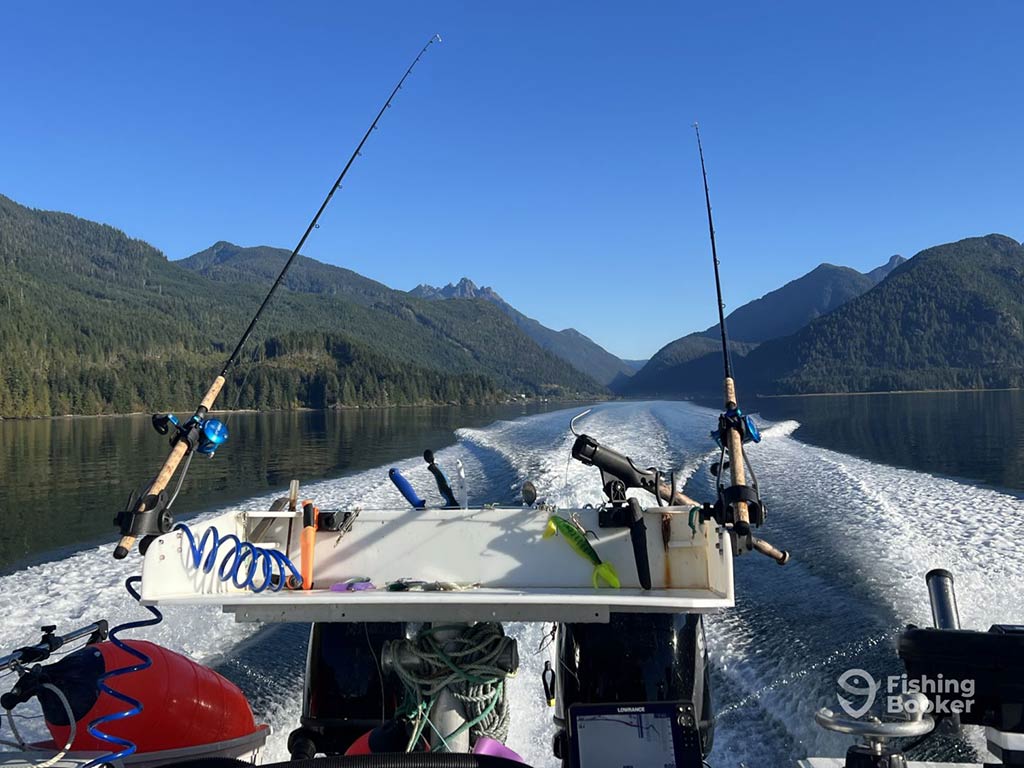
This is by far the most popular way to target Salmon in saltwater. Trolling allows you to cover the most ground, both vertically and horizontally. Anglers use downriggers to control the depth of their lines, running spoons, plugs, or bait rigs behind flashers that mimic bait fish. Trolling speed typically ranges from 1.5–3 knots, depending on what lures you use and your exact target species.
Mooching
Mooching is the go-to method in the Pacific Northwest. It’s similar to trolling, but slower. Anglers often fish cut-plug herring by allowing it to spin naturally in the current. Mastering this technique requires a strong feel for the bite so that you set your hook properly, making it a bit more of a challenge.
Casting and Jigging
Not all saltwater Salmon fishing puts you in the middle of the ocean. Sometimes it’s just as productive to target them near jetties, inlets, and river mouths. This is where casting spoons, spinners, or jigs can be deadly. Coho in particular will chase down a fast-moving lure. Just remember that timing is key! You usually want to fish for Salmon in these areas as they’re staging to move upriver.
Fly Fishing

Sure, you’ve gone fly fishing for Salmon in your favorite river. But, saltwater fly fishing? It’s possible – and can be extremely effective. Large streamers or bait fish patterns fished on sink-tip lines can draw explosive strikes. This is especially true when targeting Salmon close to shore as they edge into the rivers.
No matter your method of choice, catching Salmon in saltwater is a lot like finding that needle in a haystack. Keep tabs on tides and bait fish so you can locate schools and focus on fishing the right areas.
Saltwater Salmon Fishing Gear & Bait
To target Salmon in deep, open water, you’ll want to pack gear that can handle long runs and heavy currents.
- Rods and Reels. 8–10′ medium-heavy trolling rods are standard. If you plan on casting, use an 8–9′ medium-action rod with a spinning or baitcasting reel that has a smooth drag system.
- Line and Leaders. Most anglers run 20–30 lb mainline with 15–25 lb fluorocarbon leaders. If you’re after monster Chinook, that may call for a heavier leader.
- Hooks and Rigs. Treble and circle hooks are the most common choices. In some fisheries, circle hooks are required. For mooching, it’s common to use tandem single hooks.
- Bait and Lures. Herring is the bait of choice for trolling and mooching, either whole or cut. Anchovies also work well as fresh bait. Popular saltwater Salmon lures include spoons, spinners, plugs, flashers, and hoochies. For Coho, bright colors and fast retrieves often work best, while Chinook respond to slower, more natural presentations.
When to Fish for Saltwater Salmon
If you know anything about Salmon, you know timing is everything! It’s not just about their life cycle, but regulations that allow you to fish for them, too.

Salmon generally migrate out of the ocean between spring and fall. This is often the best time to catch them in saltwater, when they’re beefy and ready to breed. But peak season really depends on what species you’re after and exactly where you’re fishing.
- Depending on the area, saltwater Chinook fishing is best from May through July. In Puget Sound, you can catch juveniles (aka “Blackmouths”) year-round.
- Coho usually follow right on their heels – as early as June in some places – and may continue pushing into the rivers until September.
- Sockeye come in hot during June and July, making for a short but action-packed season.
- Pink Salmon fishing is usually best in July and August. Just remember that this species appears every other year (in most areas, during years that end in an odd number).
- Chum Salmon are the late bloomers of the family. They often don’t appear until August. On the flip side, they may stick around river mouths as late as October, when most other Salmon are gone.
- Sea-run Atlantic Salmon usually enter rivers between May and July.
- If you have the distinct pleasure of fishing for Cherry Salmon in Japan, it’s best to target Masu (i.e., sea-run Salmon) before they re-enter the rivers between December and March.
Remember that seasons and regulations vary by location, so you should take both into account before planning your trip.
Saltwater Salmon FAQs
Saltwater Salmon: Silver Trophies

Salmon fishing is about much more than casting flies in a mountain stream. Whether it’s the power of a King, the acrobatics of an Atlantic Salmon, or the delicate beauty of Japan’s Cherry Masu, there’s something to be said for chasing them in the salt. Perhaps it’s the sheer force of the ocean which makes these trophies that much harder to earn. Saltwater Salmon may flash silver, but catching one feels like reeling in gold!
Have you ever landed a saltwater Salmon? Where in the world were you fishing? Got any tips to share? We’d love to hear from you in the comments below!
The post Saltwater Salmon: The Complete Guide appeared first on FishingBooker Blog.
https://fishingbooker-prod-blog-backup.s3.amazonaws.com/blog/media/2025/07/11124541/salmon-2.jpg
0 Comments
Enregistrer un commentaire